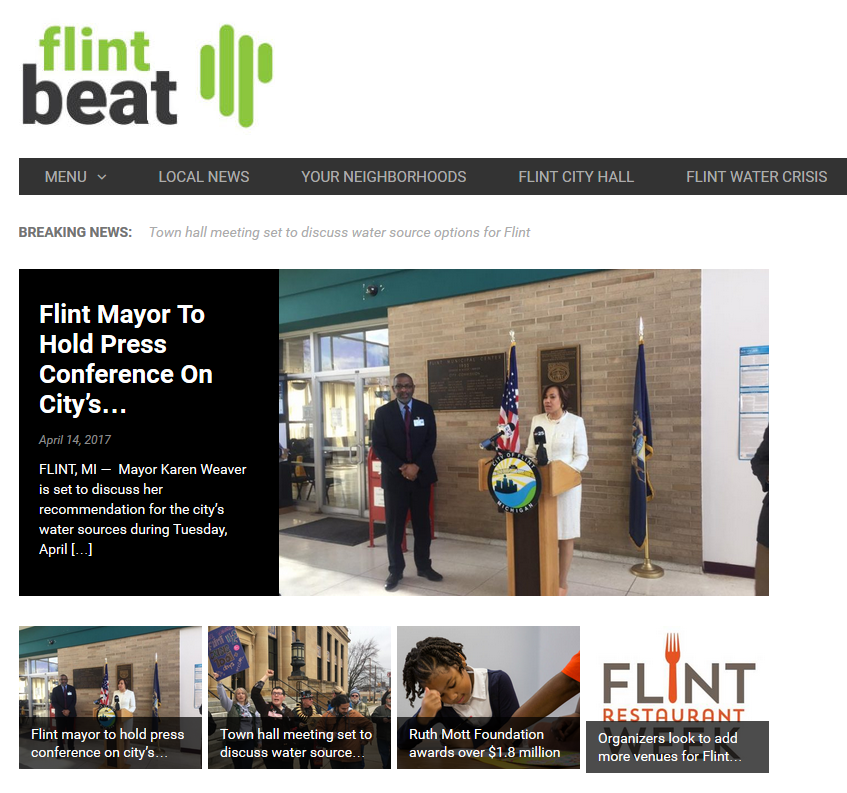In many communities, best local journalism is not coming from print
Margaret Sullivan is right to sound the alarm about what steep newspaper cuts are doing to local journalism across the

Margaret Sullivan is right to sound the alarm about what steep newspaper cuts are doing to local journalism across the country, but her April 16 column, “Great local reporting stands between you and wrongdoing. And it needs saving,” misses the story of what is replacing and can replace what’s being lost.
She quotes Northeastern journalism professor Dan Kennedy citing research that “85 percent of accountability journalism is produced by newspapers.”
That research is a decade old and is not accurate today, says Dylan Smith, publisher of the Tucson Sentinel and chairman of the board of LION Publishers, which has more than 150 members running local independent online news sites in 37 states.
“‘Research’ does not show that 85 percent of accountability journalism comes from print newspapers, as opposed to online news organizations. That unsupported assertion was merely a seat-of-the-pants estimate, published nearly a decade ago,” Smith said. “Today, arguably, there is significantly more accountability journalism being done online than by the ever-more cookie-cutter newspapers churned out by national chain owners.”
It may have been true 10 years ago, but hundreds of local online news sites have been founded since then to fill the gaps left by declining print newsrooms. And some national sites, too. Pro Publica, for example, was founded in 2007.
In communities ranging from Derby, Connecticut, to Mansfield, Ohio, to Charlottesville, Virginia, to Santa Barbara, California, there is more local accountability journalism coming from local independent online news sites than what is left of print newspapers.
The “85 percent” figure aside, Kennedy knows better than most how local independent online news sites have displaced newspapers in providing local journalism of record in some communities. He wrote a (very good) book about it.
But the extent to which this is happening – check out the hundreds of local independent online news publishers who belong to LION and the Institute for Nonprofit News – and how rapidly its growing is mostly missed by national media industry observers.
“There’s no easy fix,” Sullivan goes on to write. “It’s a much knottier problem than finding digital-age solutions on the national level because work needs to be done in so many different communities around the country.”
She quotes Poynter Institute Vice President Kelly McBride saying, “It’s hard to make it scale.”
Indeed, local does not scale.
The solution will come – and already is coming – from individual communities supporting local independent journalism.
Take, as just one example, one of LION’s newest members – Jiquanda Johnson, a veteran legacy media reporter who has launched a local independent online news site covering Flint, Michigan, a community that could be a poster child for the need for strong local journalism.
In Flint, like so many other communities, the fix is not easy, but local publishers are scraping together business models that work where they live. Supporting them is the best way to act on Sullivan’s call for urgency around the problem of gaps in local journalism.
Author’s note: Poynter Institute serves as LION Publishers’ fiscal sponsor.
Sign up for the weekly newsletter
Join the LION mailing list to get our weekly roundup of opportunities and resources for news entrepreneurs. View our most recent issues.
Related Articles
BoiseDev’s winning secret to selling newsletter ads: Only local news, only local ads
The site earns 60 percent of its advertising revenue through its high-open-rate email projects, in partnership with local ad agencies.
AI adoption: How Lede AI helps small publishers quickly generate content readers love
Helping news organizations leverage artificial intelligence with a tool that puts their readers and staff first
Social is down, newsletters are up: How audiences are finding LIONs in 2024
Changes to social media and search prompt publishers to shift strategy.
